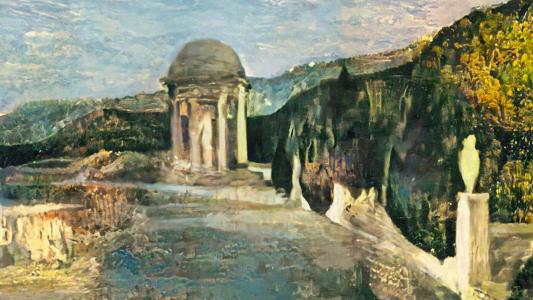An Italian architecture studio and 3D printing company have teamed up to create the first 3D-printed house made from dirt. The environmentally friendly place took just 200 hours to complete. It has a stout shape and curved walls that look remarkably like a sea urchin.
The challenge: The 3D-printed house is the culmination of an assignment at the School of Sustainability: design a sustainable home built with on-site natural materials.
Wasp, Italy’s leading 3D printing firm, and Mario Cucinella Architects came up with Tecla — which is short for “technology and clay.”
The team built the 60 square meter (roughly 645 square feet) prototype house with local soil in a zero-waste construction process. It didn’t require any materials to be transported to the site, avoiding the environmental impact of transportation. The 350-layer 3D-printed house was built with 60 cubic meters of natural material.
“Tecla responds to the increasingly serious climate emergency, to the need for sustainable homes and to the great global issue of the housing emergency that will have to be faced,” Mario Cucinella Architects told Dezeen. “Particularly in the context of urgent crises generated, for example, by large migrations or natural disasters.”
The vibe: The 3D-printed house is both earthy and modern, without being rustic. It brings together a low-tech, natural feel with a futuristic aesthetic.
“The aesthetics of this house are the result of a technical and material effort,” Cucinella said, reports It’s Nice That. “(I)t was not an aesthetic approach only. It is an honest form, a sincere form.”
The 3D-printed house does not have any windows, but it does have large, round skylights to let light in. The shape has ridges that support the structure of the house. And it has some furnishings integrated into the construction, like a counter and bed. There is even a tree sprouting up through the center of the kitchen table.
“We like to think that Tecla is the beginning of a new story,” Cucinella told Dezeen. “It would be truly extraordinary to shape the future by transforming this ancient material with the technologies we have available today.”
We’d love to hear from you! If you have a comment about this article or if you have a tip for a future Freethink story, please email us at tips@freethink.com.
